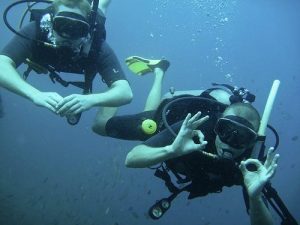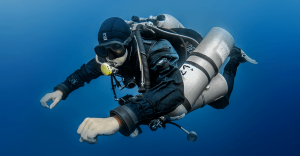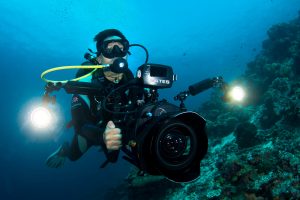Human curiosity drives us to explore the world around us. While space exploration has taken us to the moon and beyond, the ocean remains a vast, mysterious frontier. Despite covering 70% of our planet, only 5% of the ocean has been explored.
Allsportpk delves into the fascinating world of deep sea diving, where adventure meets research.
What is Deep Sea Diving?
Deep sea diving involves exploring the ocean beyond normal depths. Professional divers can reach up to 2,000 ft (610 meters) with specialized equipment.

Types of Deep Sea Divers
-
Recreational Diver: Explore the ocean’s beauty and marine life.
-
Deep Diver: Reach the ocean floor, exploring the unknown.
-
Tech Diver: Collect data on water pressure, decompression, and more.
-
Photo/Videographer: Capture stunning underwater imagery.

Deep Sea Diving Techniques
-
Neutral buoyancy: Maintaining balance underwater.
-
Decompression stops: Safety stops to avoid pressure damage.
-
Navigation: Using compasses and maps to navigate.

Safety Guidelines and Precautions
-
Dive with a buddy and follow safety protocols.
-
Monitor air supply and depth limits.
-
Be aware of underwater hazards (currents, marine life).

Safety Equipment Checklist
-
Dive computer
-
Depth gauge
-
Underwater lighting
-
Emergency beacons

Types of Diving Equipment
-
Scuba gear
-
Re-breathers
-
Full-face masks
-
Underwater communication devices
Stay tuned for Part 2, where we’ll explore the benefits, dangers, precautions, and top destinations for deep sea diving.
Share your thoughts! Comment below and let us know what you think about deep sea diving.
For updates regularly visit: Allsportspk















